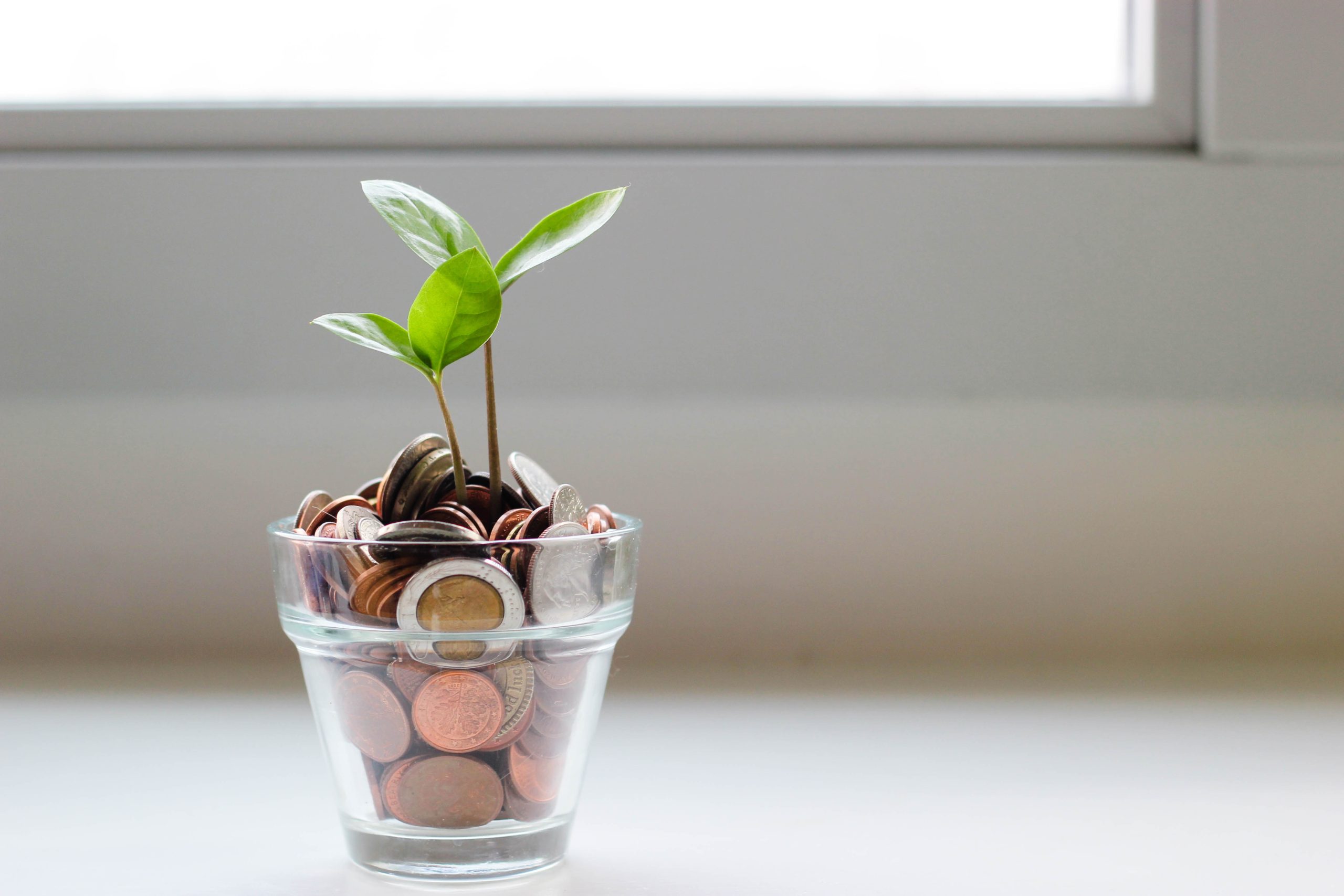Recently at LendForGood, our impact investing initiative, some of our members had an experience very few have had before.
Some months ago, they had made an investment into an impact-focused company to help them grow, and now, they were being paid back, with interest.
It may sound strange, because this is indeed the whole point of impact investment – that you can invest in companies that make a positive impact while earning a return, but very few individuals have experienced both these steps:
- Make an investment in an impact enterprise
- Get your investment back with a return
In truth, very few have even done the first step yet, given how inaccessible the traditional impact investment market is, but outside a few institutions and individuals, almost no one has experienced the second part, earning a return. Not just on paper, but into their accounts, from where they can re-invest it (or take it).
Why is that?
A big reason why is the fact that the impact investment marketplace is, largely, and with apologies for quoting myself, ‘all VCs [venture capitalists] and no angels.’
This means the vast, vast majority of impact investment to date has taken place through impact investment funds, most of which haven’t paid out or been liquidated yet. A lot takes place through ethical superannuation funds, which, great as they are (I’m in one), people won’t see the benefit of until they retire.
This isn’t to disparage these models – they are essential, and a great vehicle for leveraging our retirement funds and larger amounts of capital into impact – but one characteristic of a world where all impact investment takes place through an intermediary is that people don’t get to experience impact investment.
We think giving people the experience of selecting an impact enterprise they believe in then earning a return will inspire them to do more of this, creating the momentum we need to grow this movement.
Currently, those who invest in Impact Investment Funds aren’t doing impact investment, they are, instead, investing in someone else who is doing impact investment. And that someone – the professionals who do the work– usually don’t have the wealth to invest in their own funds despite their top one per cent salaries, meaning they do the work but don’t get to experience being an impact investor either.
This means that we have, ironically, stripped the impact out of most impact investment.
Instead, we talk about it as a purely conceptual thing. ‘Impact investment’, much as we might talk about ‘philanthropy’ at an industry conference. While this makes sense for academics and sector professionals, this isn’t how most people experience or do philanthropy! People don’t make a contribution to a cause because they love this conceptual thing called ‘philanthropy’, they do it because they are passionate about a specific cause or impact opportunity, and want to see it happen.
This is the specificity and experience we want to bring to impact investment. By allowing everyone to access vetted impact investment loan opportunities to support the growth of a specific impact business, working in a particular place, making a difference for a specific issue or community, we have the opportunity to inspire and engage so many more people.
It’s the stories of and opportunities for impact that lights people up, and giving individuals, family offices and institutions – ie. all of us – access to specific deals linked to these stories and opportunities is what we believe is needed to grow a culture of impact investment that can re-shape our economy and world.
Before I get called on the omission, I should also say there have also been some great impact businesses who have raised funds through equity crowdfunding, where individuals do choose to invest their own funds, but not one equity crowdfunded company – at least in Australia – has achieved a ‘liquidity event,’ so no investors have yet earned a return.
Meanwhile, of the 15 deals completed in our first year on LendForGood last year, two have already been fully repaid.
One of our members who enjoyed this experience is Naomi Nicholas, Head of Community Engagement at Cool Australia.
Naomi is exactly the kind of dedicated changemaker who works in social change but has not previously been able to invest in impact enterprises, given the significant minimum investments most funds require.
She told us ‘I still can’t believe I’m an impact investor! You’ve made a dream of mine come true. Thank you very much for enabling me to create change and improve the lives of many from my modest savings. It means the world to me.’
This represents why LendForGood is so unique and so needed.
It’s a chance for all of us to put our money where are values are and support the kind of world we want to see. And we can earn a return, quickly, then do it again, catalysing more and more positive impact from the same initial funds.
Huge thanks to Naomi and all our lenders who have participated so far. It’s wonderful to see it all working – funds being raised, businesses growing, and investors earning a return. And it’s just the beginning.
Tom Dawkins is the co-founder of LendForGood, and co-founder and CEO of StartSomeGood, a social enterprise that helps people design, launch and grow impact projects and enterprises. LendForGood is a joint venture between StartSomeGood and impact investors Red Hat Impact.
Credit:Source link



